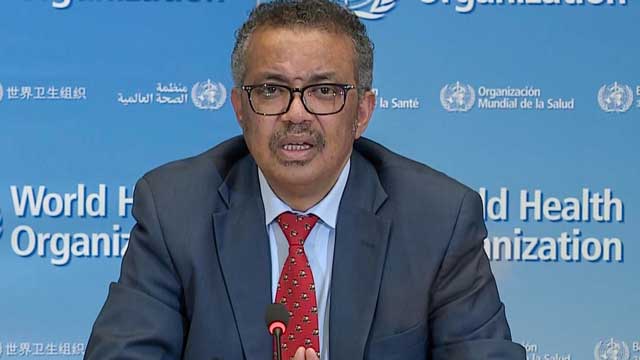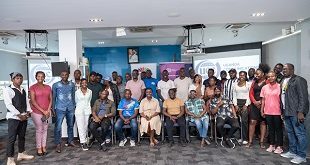
Kampala, Uganda | THE INDEPENDENT | The World Health Organisation- WHO has issued new malaria prevention and treatment guidelines. The guidelines and recommendations are through a web-based platform that countries can navigate to find up to date information to update their national response depending on the extent of their disease problem.
In the new recommendations, the organization urges countries to use pyrethroid only mosquito nets and notes that they haven’t pre-qualified DDT for use in Indoor Residual Spraying-IRS of endemic areas.
They recommend that the chemical whose use has been controversial in many countries because of health and environmental concerns be used only if there is no equally effective alternative.
According to the guidelines, IRS should be used where malaria transmission pattern is such that the population can be protected by one or two spraying rounds a year.
The online platform dubbed MAGICapp, they say will be key in their efforts to reduce and, ultimately, eliminate a disease that continues to claim more than 400 000 lives each year as users will find all official WHO recommendations for malaria prevention and case management in addition to links to other resources such as surveillance.
“These consolidated guidelines represent an important step in our efforts to deliver timely, evidence-based guidance to malaria-endemic countries,” said Dr Pedro Alonso, Director of the WHO Global Malaria Programme.
“They will soon become a living resource that is updated periodically as new evidence becomes available, and as WHO guideline development groups bring forward proposals for new or revised recommendations,” he added.
Clear, evidence-informed WHO recommendations guide managers of national malaria programmes as they develop policies and strategic plans to combat the disease tailored to the local context; they support decisions around “what to do”. WHO also develops implementation guidance – such as operational and field manuals – to advise countries on “how to” deliver the recommended tools and strategies.
The new guidelines also have a section on what is not recommended for instance they discourage the topical deployment of repellents on the skin at the community level and deploying insecticide-treated clothing.
Also, they don’t have as yet a recommendation on airborne repellents as the document says studies about its safety are still on-going.
The consolidation of WHO’s malaria guidelines is one of many actions the Organization has undertaken in recent years to make its guidance more accessible to end-users in malaria-endemic countries. The overall aim is to deliver timely, high-quality recommendations through processes that are more transparent, consistent, efficient and predictable.
********
URN
 The Independent Uganda: You get the Truth we Pay the Price
The Independent Uganda: You get the Truth we Pay the Price


